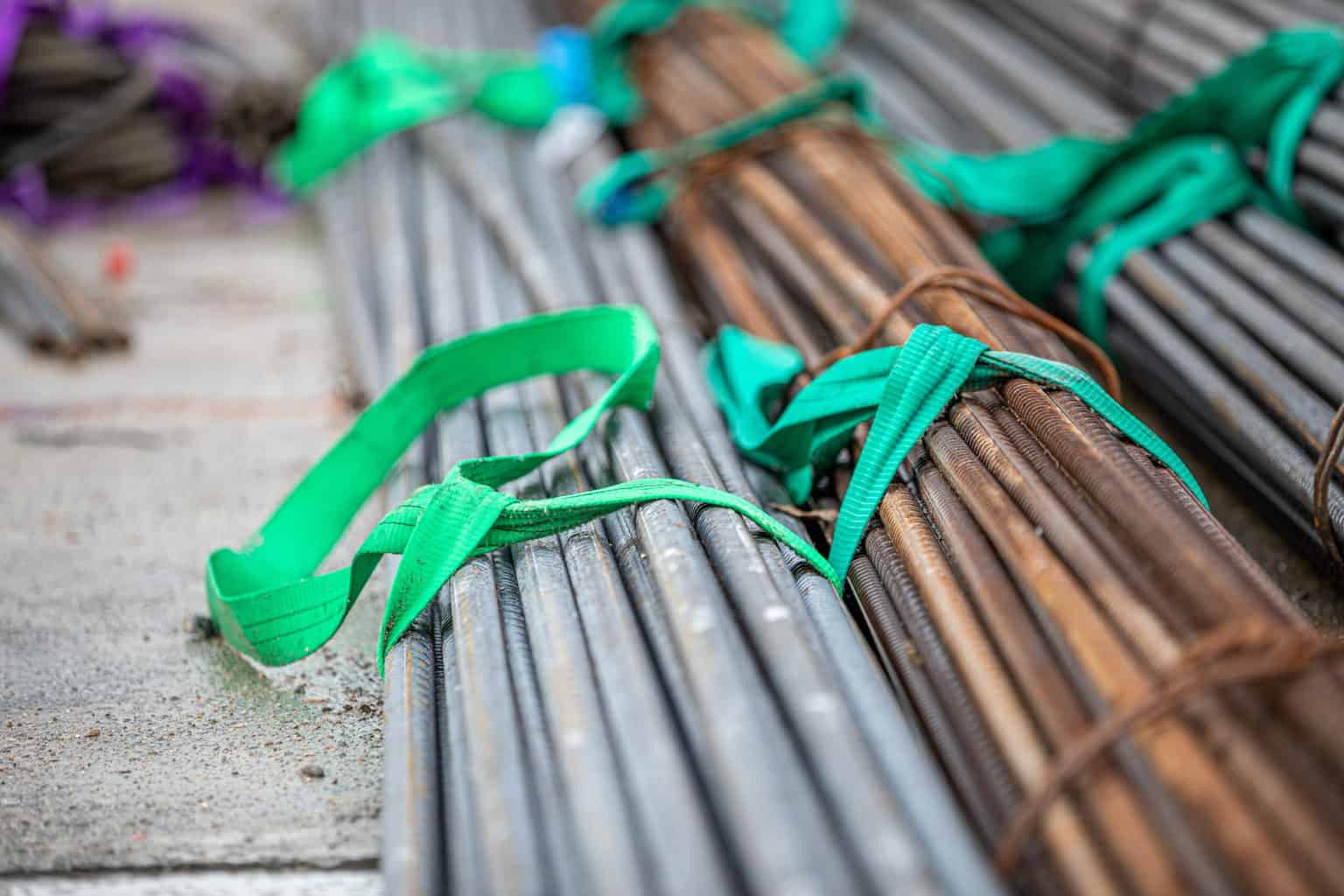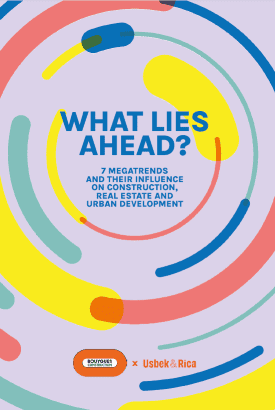
Temporary urbanism is transforming cities
4 minutes of reading
Creating new spaces and experimental urban projects – whether they’re cultural, social or economic – revitalising spaces before their conversion for future use, making use of empty buildings, creating a dynamic in which members of the community can get involved, encouraging them to take part and to contribute to the creation of an area’s identity etc. A look at temporary urbanism-–building cities differently so that they can adapt to fit the changing needs of their inhabitants.
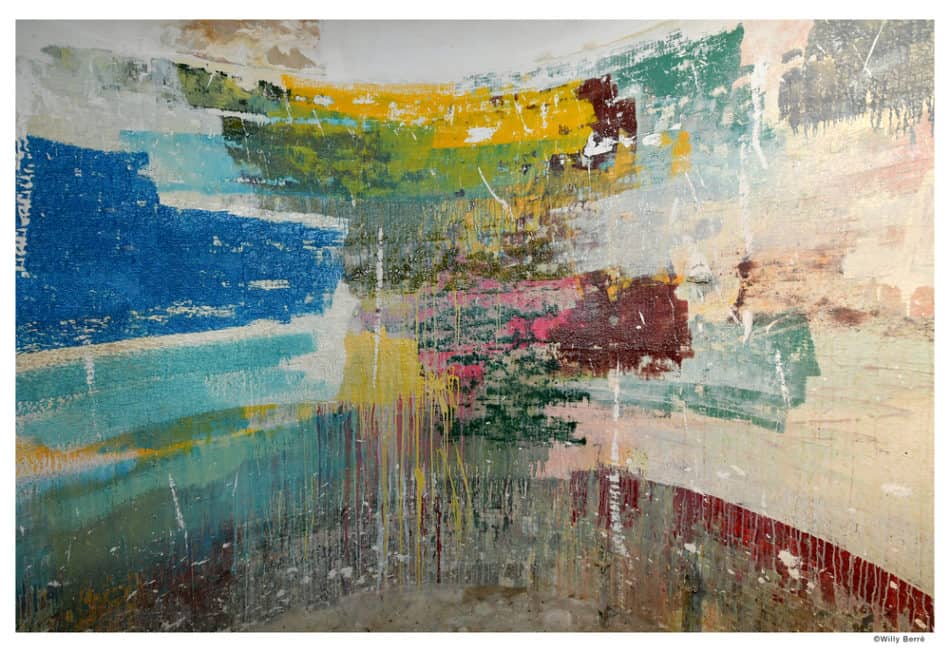
Darwin in Bordeaux, Foresta in Marseille, Les Grands Voisins in Paris… Lots of derelict or empty urban spaces have been temporarily repurposed both by and for local communities. Temporary urbanism, or as defined by the ‘Institut Paris Région’ (formerly known as the ‘Institut d’Aménagement et d’urbanisme’, which helps communities outline their local projects, “all initiatives taking place in unoccupied buildings or land that aim to revitalise local life temporarily, before the development of the site has been determined or if commercial/industrial development is progressing very slowly.”
Adapting transitional spaces
“The definition is so broad that people can do whatever they like with these spaces” explains Charlotte Girerd, the project manager at SNCF Immobilier, a company that often works on these kinds of projects, on seminal projectslike Ground Control, La Station – Gare des mines, l’Aérosol and La Cité fertile in Paris, Les Rencontres de la photographie in Arles and even the Parenthèse Festival in Rouen. “These projects are not just filling up unused space. We take time to really think about the way we use the space and for what purpose. The project should reflect the site’s transformative journey. There is new meaning at each step of the way; before, during and after.” The idea is to create vibrant and attractive new venues in spaces which initially seemed to be left to ruin. The main benefit is the creation of a temporary venue by the public but economic activity and jobs are also created as positive by-products, not to mention the revitalisation of the site for the owner.Reinvention
The idea is nothing new, there have always been unclaimed pieces of land and brownfield areas awaiting development that have been occupied or squatted. These empty spaces have always been perceived negatively but over the past 10 years they have begun to serve a new purpose as strategic land reserves due to the pressure of urban development. “Alongside the reinvention and revitalisation of these urban spaces,” Institut Paris Région explains, “in the creation of an opus dedicated to temporary urbanism, we have revolutionised the practices of urban production and urban project development. We’re seeing an increase in the number of people getting involved in the movement as there is a growing need to upcycle existing sites. We have to deal with long construction periods: urban development projects often come with breaks in construction and these should be taken advantage of.” Taking advantage can take the form of pop-up venues, another kind of temporary urbanism.Supporting the transition
At SNCF, the second largest land owner in France, the idea of repurposing derelict spaces was suggested soon after its creation in 2015: “Our organisation is relatively new and we wanted our focus to encompass not just property sales but also support during the transition stage and this has become all the more important the more sought after we have become. As time progressed we realised that there was a real desire for these projects. ” Demand comes from various different parties who are all working together – local communities, charities, land owners and occupants – towards a common goal.Culture first
If we take a look at the projects run by SNCF over the past five years alone, they are increasing in number and growing across the country. Le Festival Parenthèse at the old Saint-Sauveur station in Rouen, a 15 hectare railway site close to the centre which will eventually become a new TGV (intercity high-speed train) station. The Lucien collective based in Rouen has been organising numerous events here since 2016 which are a mixture of music, photography and fine art. L’Aérosol on the Hébert site in Paris in the 18th Arondissement next to Porte de la Chapelle, is another example. Over the course of two years (2017-18) it was transformed into a cultural and arty urban venue with a proper gallery exhibiting 300 pieces documenting the history of graffiti from the end of the 1970s to the present day. Let’s not forget Ground Control at the old Arles freight station site. This project plays host to exhibitions combining photography and outdoor spaces which have been converted into recreational venues for concerts, projections or even gastronomy. And all this takes place within a space which reminds us of its past as a former freight station. These are often cultural projects but they are changing to encompass even broader themes, “anything from urban agriculture to co-working” and sometimes on longer time scales. “There’s no fixed rule, 10 years is the limit for a railway site project and 6 months following a tenancy changeover.” Aside from its cultural benefits, temporary urbanism can also serve other purposes like fostering social inclusion, for example. Take a look at Les Grands Voisins in Paris, where the charity Aurore provides accommodation and innovative solutions to combat the problems of social exclusion and isolation.A win-win situation
Essentially, temporary urbanism makes space for experimentation and new opportunities for business ventures looking for an innovative set up. Of course, for those running the project and those using the space, each project must create its own specific business model, one which is often win-win: “We enter into a partnership with our occupants. After calling for projects, we analyse the spaces, carry out ground work to secure the sites and make a reasonable offer for the rent. For us, it’s all about breaking even at the end of the project in relation to what was invested at the start. Whatever we do will always be more economically interesting than an empty building,” Charlotte Girerd concludes.Most read
More reading
Read also

Article
20 minutes of reading
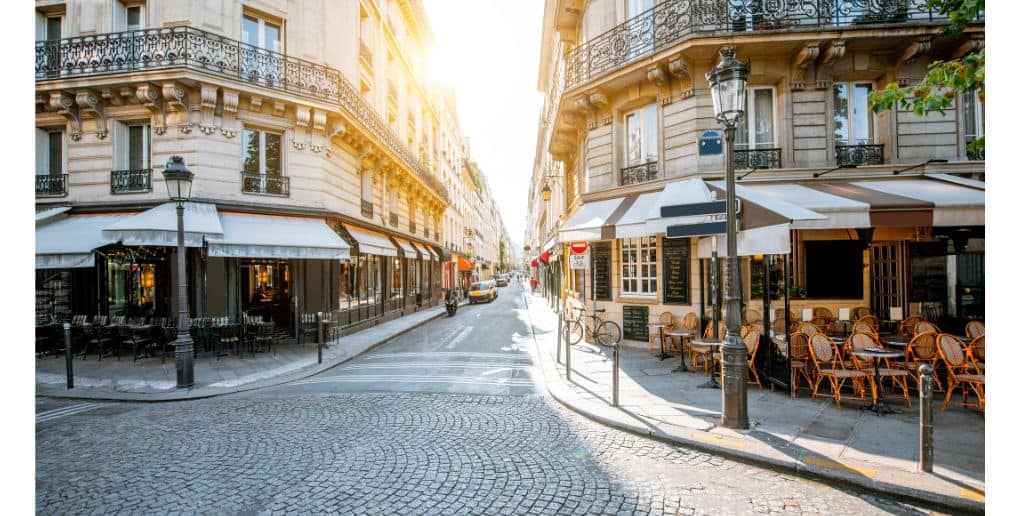
Energy
in partnership with


‘Paris at 50°C’: a fact-finding mission to prepare Paris for future heatwaves
Article
2 minutes of reading
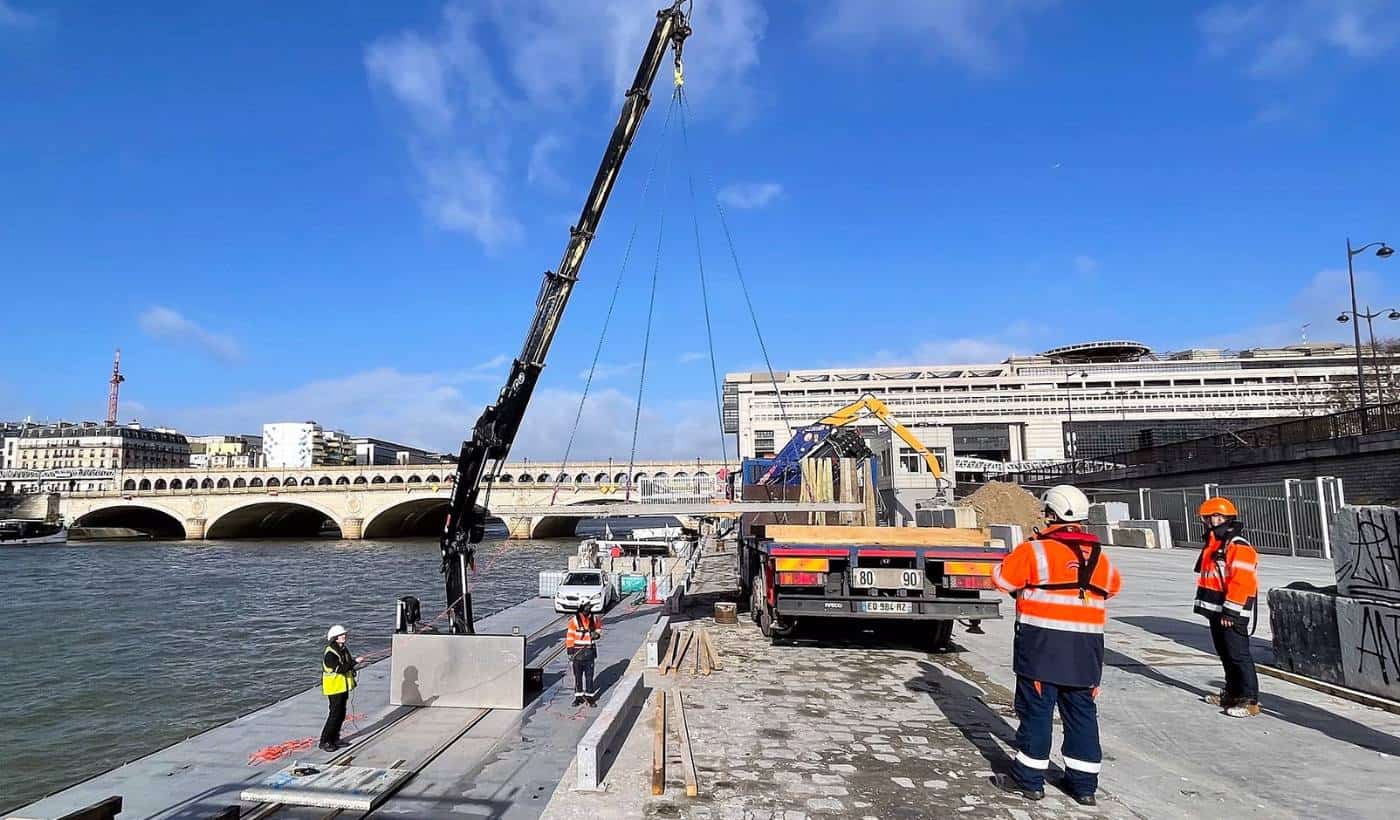
What if your sites were supplied via rivers instead of roads?
Article
3 minutes of reading
